Kalanchoe blossfeldiana is one of the very best indoor flowering plants. You have seen them blooming merrily in brilliant shades of red, pink, orange, yellow and white at the home store or supermarket. Rich, deep jade green leaves are the perfect frame for the brilliant floral display. You may know this fabulous flowering succulent plant as Christmas kalanchoe, florist kalanchoe, Madagascar widow’s thrill or flaming Katy. These easy-care plants bloom freely for 2-6 months at a time! Kalanchoe blossfeldiana care is a snap. To make your kalanchoe rebloom requires a few extra steps, but the results are well worth it!
How to Make Kalanchoe Bloom Again
In this Post We'll Cover:
{Please note, some links in this post may be affiliate links to sites that pay me a small commission if you click on the link and make a purchase. This commission is at absolutely no cost to you. I only recommend products and companies that I have worked with and truly love! ~Kat}
Kalanchoe Blossfeldiana Care
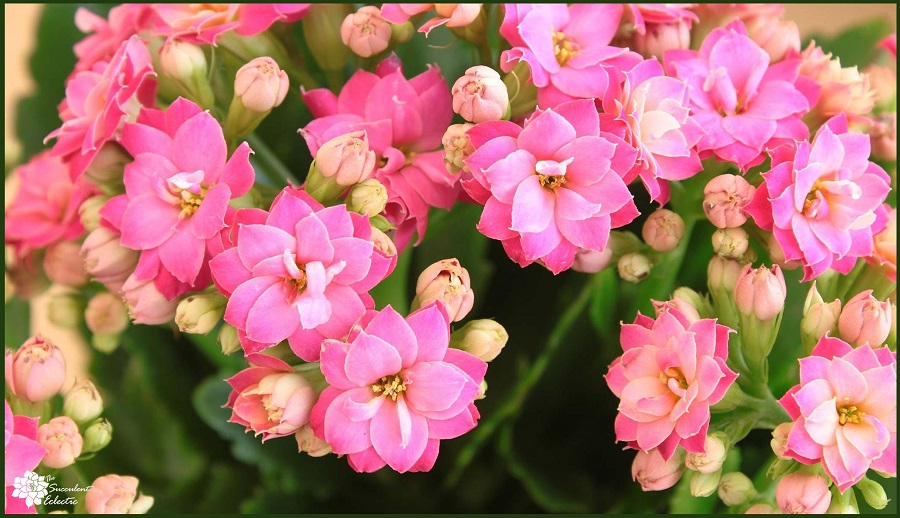
Kalanchoe blossfeldiana are easy-care flowering succulent plants, often given as gifts. They repay typical indoor lighting and infrequent watering with a zillion blooms for months at a time! These lovely flowering succulents are easy-to-find and inexpensive. You will find them just about anywhere that any houseplants are sold.
Strangely, the easy care nature and easy access seem to damn the lovely kalanchoe houseplant in many homes. Perhaps because it is so easy, it is seldom cherished as you would expect. Many people actually discard their plant when it is done blooming. Please don’t toss your kalanchoe after it has finished flowering! Follow the simple steps below to get your kalanchoe reblooming. Or, perhaps even better, give the plant and a copy of this post to a youngster in the neighborhood who will enjoy growing it. This saves the plant and may start a budding succulent lover – win-win!
Lighting for Kalanchoe Blossfeldiana
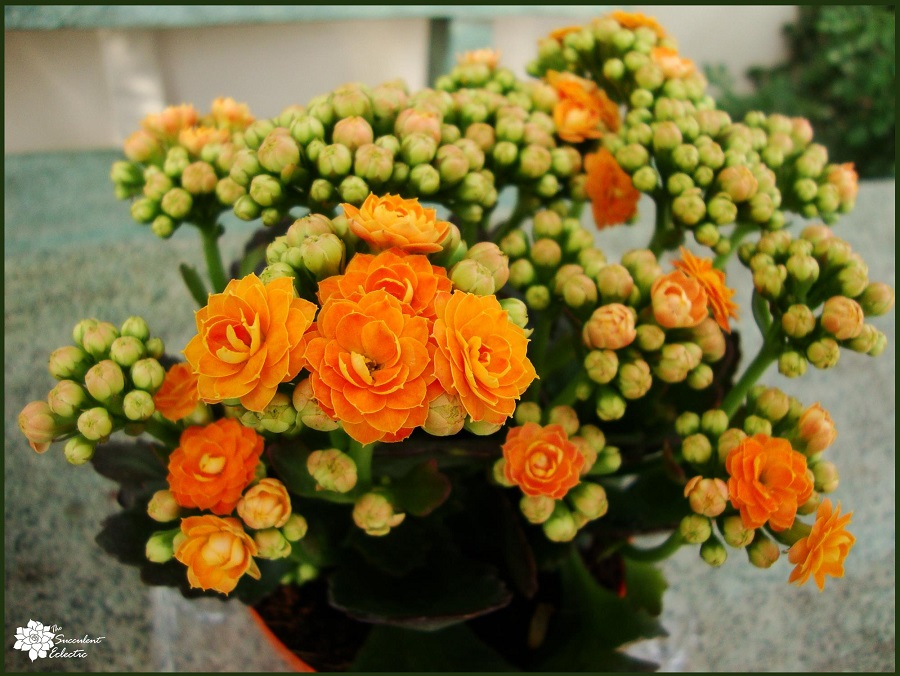
Kalanchoe blossfeldiana can happily grow outdoors year-round in mild climates, from USDA zone 9-11. If your winters get heavy frost, or even colder, plan to move your kalanchoe indoors for the winter, or to grow them as succulent houseplants year round. Outdoors, provide bright light, with some protection the hot afternoon sun. Indoors, a sunny window or a bright spot is perfect for this flowering succulent. Given sufficient lighting, the lovely flaming Katy will turn a fetching red at the margins of each leaf.
Watering for Kalanchoe Blossfeldiana
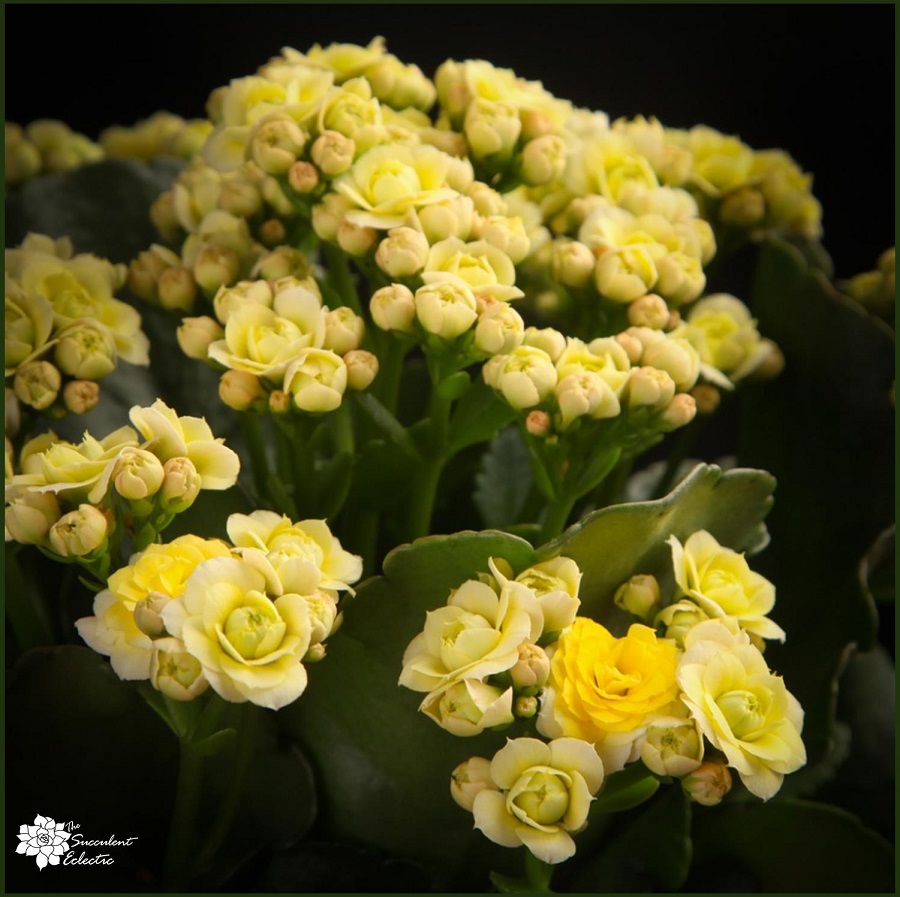
Like most succulents, flaming Katy stores water in its leaves and stems. This clever adaptation to drought requires proper watering. Provide a fast draining, gritty succulent soil mix. Be sure your container has good drainage. When the soil is dry, water generously, and let it drain. Then leave the plant until the soil is fully dry again. This may be two weeks without water. That is nothing to worry about. Proper watering for your succulents is crucial to their success. Essentially, it comes down to using fast-draining soi and watering only when the soil is dry. For a more detailed review of exactly how to water all your succulents, please click here.
Add a half-strength liquid fertilizer once a month from early spring through summer to ensure the biggest, best blooms for your kalanchoe year after year.
Deadheading Flaming Katy (Kalanchoe Blossfeldiana)
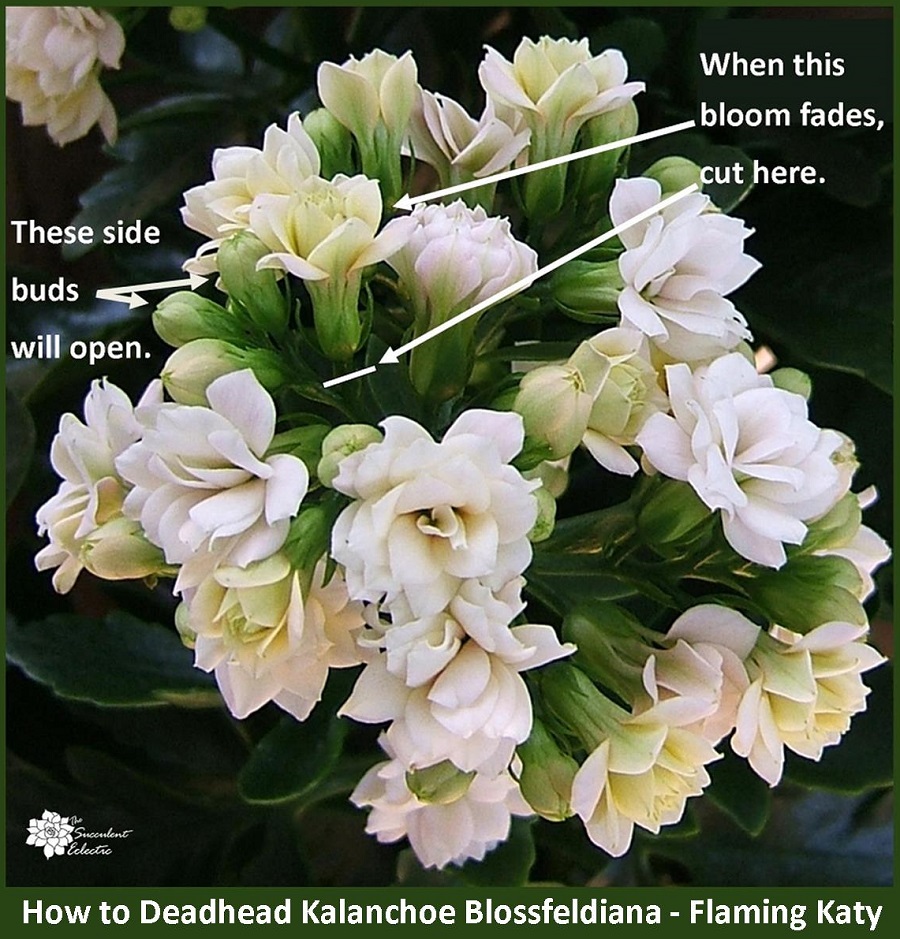
The term “deadheading” means to remove spent flowers from a plant before they can set seed. There are several reasons deadheading is a good practice for all of your flowering plants. First, it keeps their appearance looking neat. (Perhaps proper deadheading alone would save so many florist kalanchoe from the trash heap!) Second, it encourages the plant to open more flowers that are in bud form, as well as to set even more buds. Deadheading also saves the plant from expending excess energies to create seeds that you have no intention of allowing to grow.
In the case of the kalanchoe blossfeldiana, deadheading is easily done by pinching out the short, stem-like structure immediately connecting the spent bloom to the cluster of buds and flowers. This short stem is called a “pedicel”. Simply pinch it between your thumb and forefinger, or snip it with scissors. This will cause the side buds to open and will encourage your flaming Katy to set even more bloom buds.
How to Make Kalanchoe Bloom Again
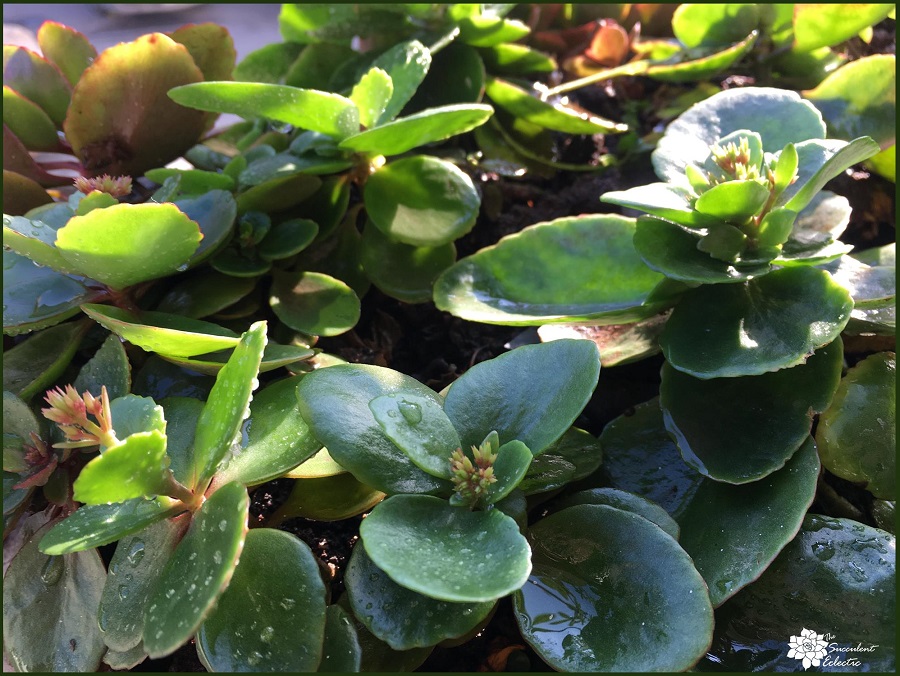
Your flaming Katy has bloomed for months on end with little care. You have kept it looking its best by deadheading spent blooms. You would never (ever) consider tossing a healthy plant, but you do miss those masses of vibrant flowers. How to make your kalanchoe rebloom? While the necessary steps are simple, they are not intuitive.
Like poinsettias, kalanchoe rebloom in response to shortening day lengths. In order to get them to bloom again, indoors, it is necessary to recreate the conditions that stimulate them to bloom in nature. To simulate winter conditions for kalanchoe, you will reduce both the plant’s light and water for about six weeks.
Kalanchoe blossfeldiana will reliably rebloom given a full six weeks of 10 hours of sunlight with 14 hours of darkness. Place the plant in a closet for 14 hours a night, or slip a box over it, to ensure it is completely dark. Remove the box, or return the plant to its normal location for 10 hours each day. Continue this lighting pattern for the entire six week period, and reduce the water you provide to nearly nothing. You are simulating the kalanchoe’s natural dormancy period. Water only lightly just once after about three weeks.
At the end of the six week’s treatment, you will begin to see new buds developing. At this time, return your plant to its regular, sunny spot, and resume regular watering. This change from the “dormancy period”, with its increased light and water, will tell the plant it is “spring” and time to bloom! 🙂 If you want to time the blooms for a special occasion, like Christmas, or a birthday, just count back six or seven weeks before the date and begin this simulated dormancy. It is that simple!
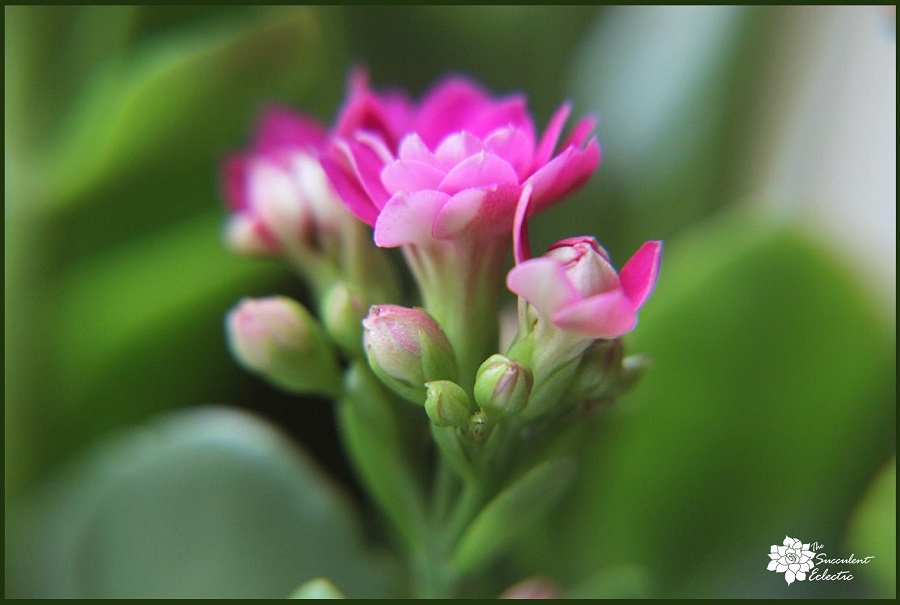
Don’t let the ease of kalanchoe blossfeldiana care cause you to love this flowering gem any less than fussier plants. Kalanchoe rebloom with little effort, and the dazzling flowers continue for months at a time! These free-flowering succulents make wonderful, long-lived houseplants and terrific gifts.
Are you ready to get your kalanchoe reblooming? I would love to know! Please take a moment to leave a comment, and if I can answer any questions, just let me know!
You can do this!

P.S. If you enjoyed this article, please subscribe to The Succulent Eclectic! If not – please let me know! 🙂
P.P.S. Why not join my Facebook Group for succulent lovers? We talk about succulent care, propagation, succulent identification, and design. It’s a warm and welcoming group that would love to meet you!

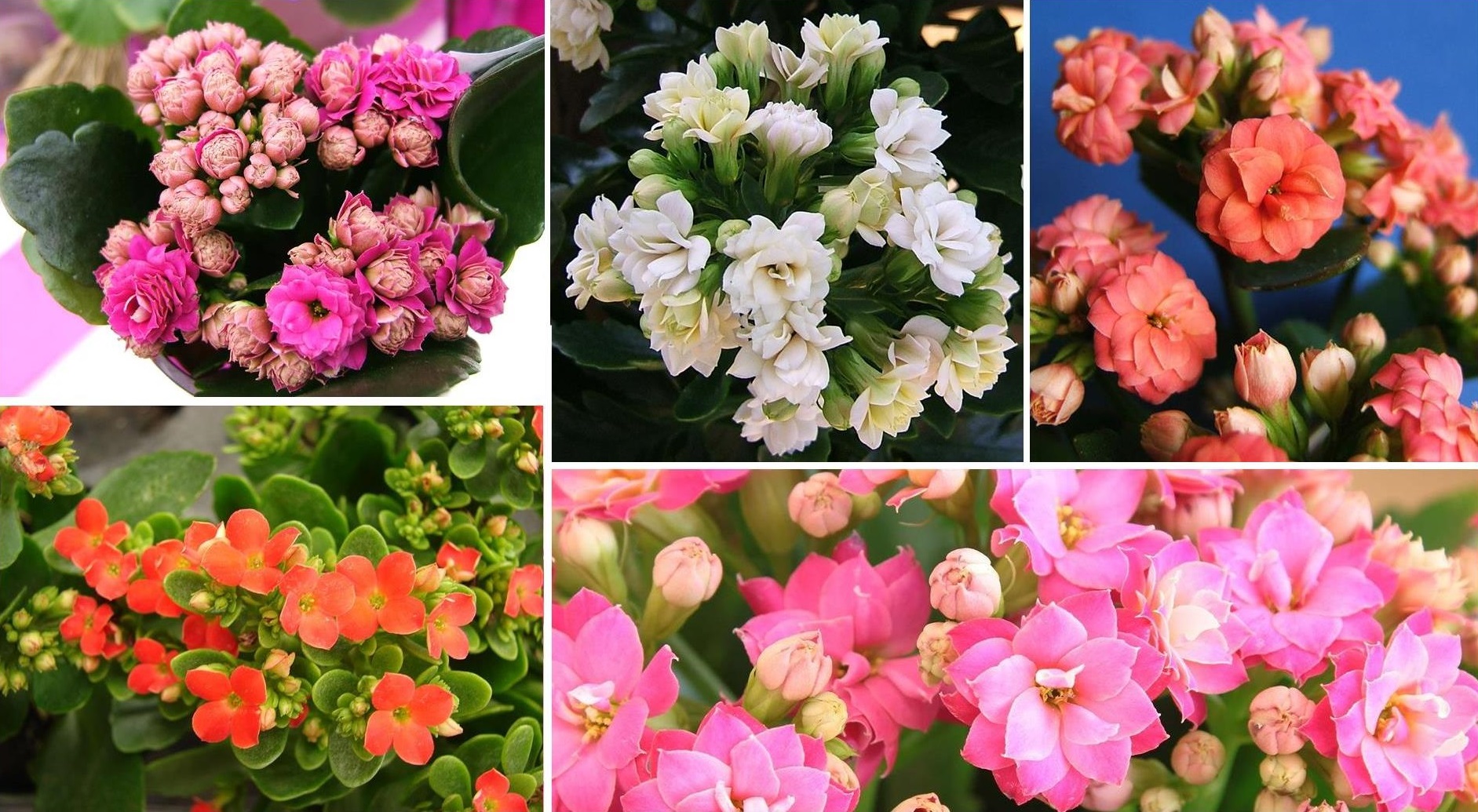
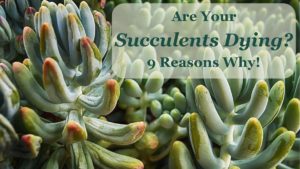
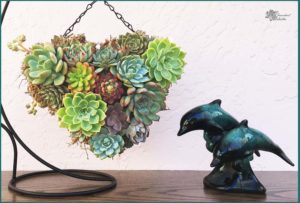
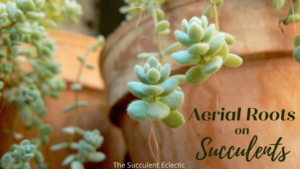
Wow!! this article is exactly what i needed! thank you very much. i love Kalanchoe and always wondered how i could make it bloom again. i am an avid reader of your teachings and enjoy them a lot. I’m hooked to succulents plants. i think i became a” succulent addict”.
Hi Vicky,
SO glad this info helped you! I adore Kalanchoe blossfeldiana! They will bloom their little heats out for you now that you know what they need.
And trust me – succulents and their care can be highly addicting! Just ask me how I know! 🙂
Why not join me and thousands of fellow succulent lovers in my Facebook community? We would love to have you join us!
~Kat